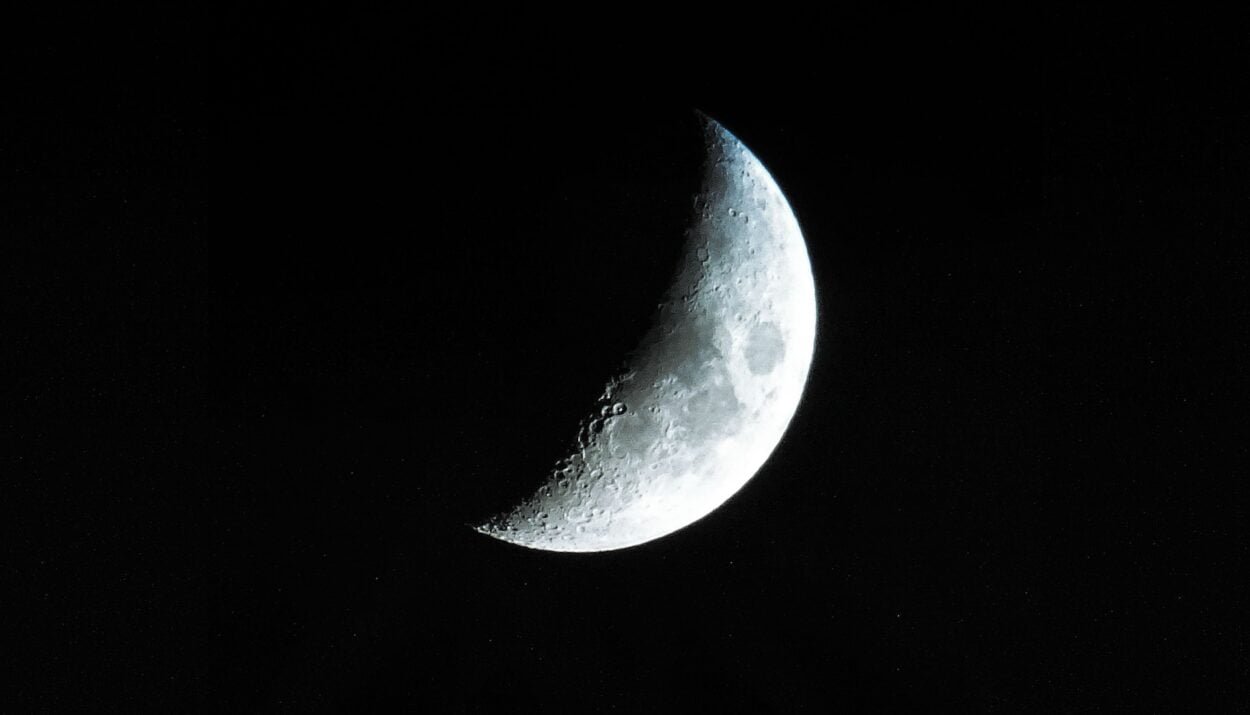Introducing “Pioneering Moon Roads: Taming Lunar Dust and Revolutionary Solutions” This article delves into the challenges posed by lunar dust, drawing lessons from the Apollo era. We explore innovative solutions, notably ESA’s groundbreaking approach to moon road construction, shedding light on a lunar challenge that has persisted for decades. Join us on a journey to understand the importance of making roads on the Moon and how they can transform our exploration of the lunar surface.
Dust’s Lunar Havoc: A Historical Perspective
Notably, when the Apollo 17 lunar rover lost its rear fender, the vehicle became so coated in driven-up dust that it threatened to overheat, until astronauts improvised a fix using recycled lunar maps. The Soviet Union’s Lunokod 2 rover did indeed perish through overheating when its radiator got covered in dust.
Lunar Landers’ Dusty Plight
The Surveyor 3 lander was sandblasted with dust when the Apollo 12 Lunar Module landed around 180 m away. Current NASA modeling suggests that as lunar landers touch down, their thruster plumes could dislodge tons of dust, potentially adhering to lander surfaces as well as covering the entire vicinity of the landing.
The Moon’s Dust Dilemma: Paving a Solution
The most practical response is to keep dust at bay by paving over areas of activity on the moon, including roads and landing pads. The idea of melting sand to make roadways was first proposed for Earth back in 1933.
ESA’s Innovative Approach: Lunar Roadmaking with Lasers
ESA’s PAVER—paving the road for large-area sintering of regolith—project investigated the feasibility of this same approach for lunar roadmaking, led by Germany’s BAM Institute of Materials Research and Testing with Aalen University in Germany, LIQUIFER Systems Group in Austria, and Germany’s Clausthal University of Technology, with support from the Institute of Materials Physics in Space of the German Aerospace Center, DLR.
Melting the Moon’s Surface: A 21st Century Solution
The PAVER consortium made use of a 12-kilowatt carbon dioxide laser to melt simulated moondust into a glassy solid surface, as a way of constructing paved surfaces on the face of the Moon.
Recreating Lunar Sunlight: An Innovative Technique
As ESA materials engineer Advenit Makaya explains, the project is in fact returning to the original 1933 concept: “In practice, we would not bring a carbon dioxide laser on the Moon. Instead, this current laser is serving as a light source for our experiments, taking the place of lunar sunlight, which could be concentrated using a Fresnel lens a couple of meters across to produce equivalent melting on the surface of the moon.
“During past in-situ resource utilization projects – including brick building using mirror-concentrated solar heat – we’ve been looking at surface melting limited to relatively small melt spots, from a few millimeters to a couple of centimeters in diameter. For building roads or landing pads a much wider focal point is required, to be able to scan a very wide area in a practical timescale.”

Innovative Paving: Lunar Roads and Landing Pads
At facilities installed at Clausthal University of Technology, the consortium achieved a spot size of 5-10 cm. Proceeding through trial and error, they devised a strategy using a 4.5 cm diameter laser beam to produce triangular, hollow-centered geometric shapes approximately 20 cm across. These could be interlocked to create solid surfaces across large areas of lunar soil which could serve as roads or landing pads.
A Lunar Challenge Addressed
Advenit adds: “It actually turned out to be a remarkable solution to a lunar challenge that has persisted for decades.”






